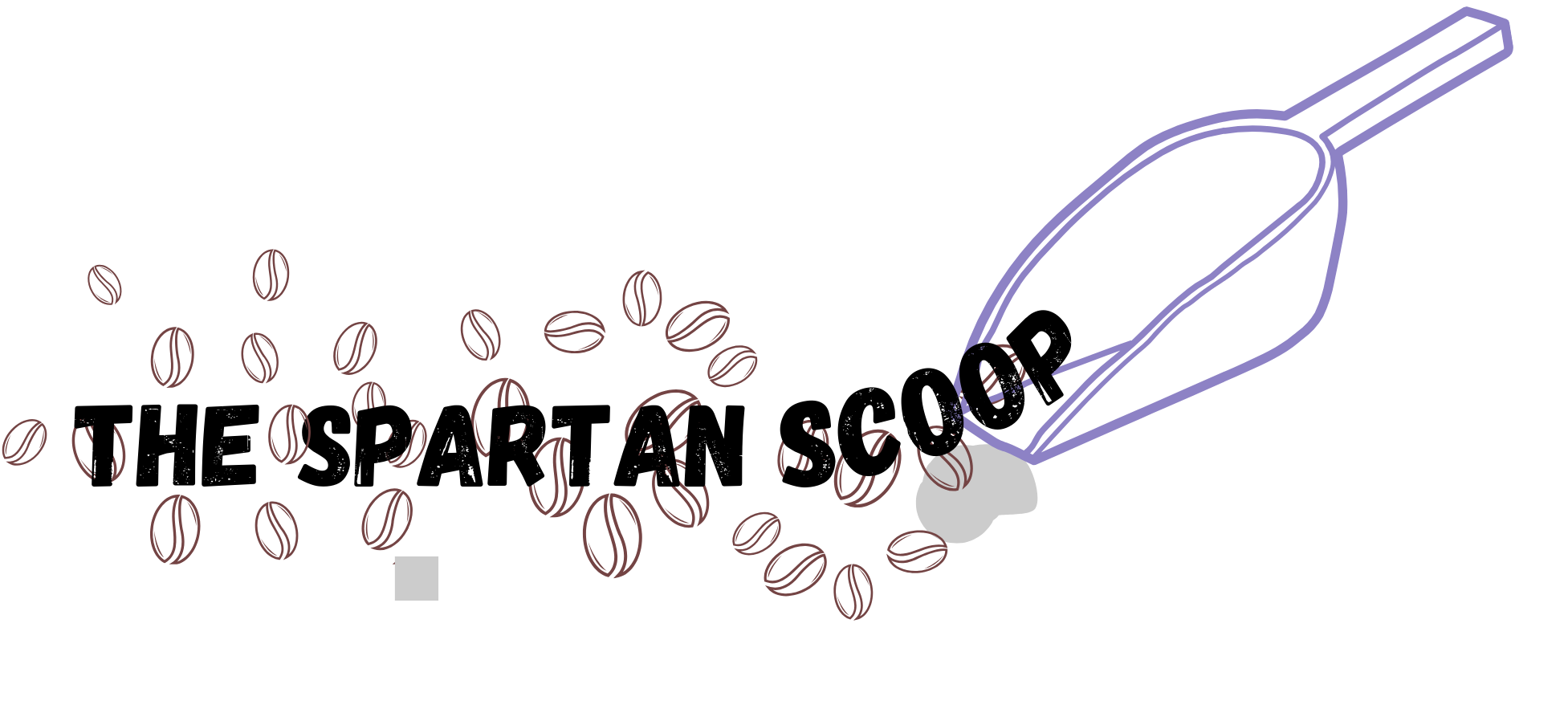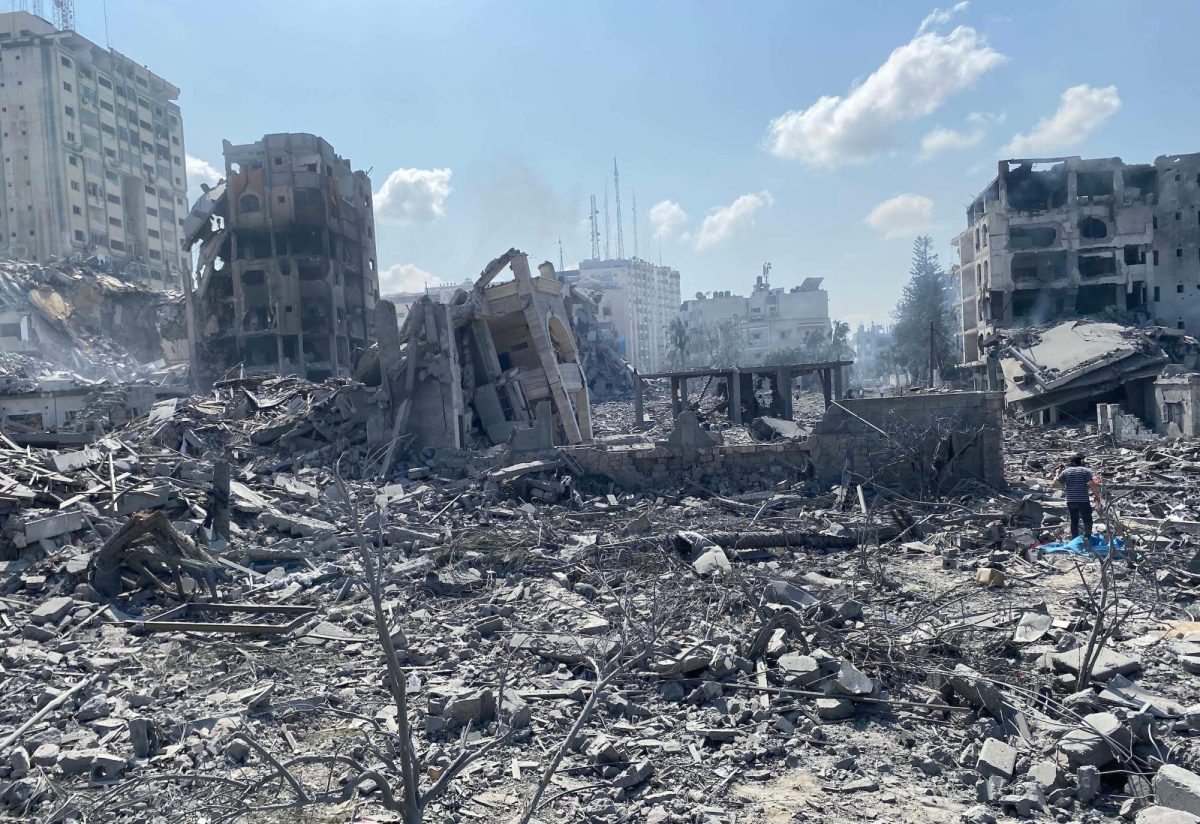After nearly two months of gunfights and missile bombardments, a truce was agreed upon between Israel and Gaza. The truce began on November 24th for multiple reasons.
Israel and Gaza wanted to exchange hostages with each other. Over the course of the truce, Israel received 105 hostages from Hamas, and Hamas received 240 captured military personnel from Israel. Many families were very relieved to have their loved ones back. Regaining hostages out of captivity has a great effect on the public, boosting morale of the citizens of Israel and Gaza.
The truce also was a prime opportunity for foreign countries to help import humanitarian aid. The US is one of the countries who want Israel to be more open about letting aid into the fighting zones for the civilians that live there. Fuel for electricity, food, water, and medicine are all commodities that Gaza needs to ensure survival for its non-combatant inhabitants. Setting up humanitarian zones around Gaza is another goal that would help bring aid to those in need.
As the war went on during the first month and a half, Israel notably bombed hospitals, and this raised many eyebrows across the world. Israel defended their actions by showing that Hamas often uses hospitals to hide out in, and were therefore justified to do so. Regardless of the reason, the bombing of hospitals takes away yet another safe space. This is why many are advocating for humanitarian zones to be created.
Apart from using the truce for hostage exchanges and aid for civilians, it was also used by Israel and Gaza to regroup their military for future battle strategies. Israel has planned to focus its attacks on the southern part of Gaza this time around instead of the north. North Gaza is where a lot of the bombings have been located up until this point. Israel has planned to focus its attacks on the southern part of Gaza this time around instead of the north.
As far as Hamas’s war strategy goes, it isn’t expected to change much. It’s most likely that they will continue to use the same tactics as before, utilizing the vast tunnel systems in place and sending thousands of rockets toward Israeli cities. It appears that Hamas is very much aware of Israel’s plans to shift its focus onto southern Gaza. They have moved a lot of their forces southward, leaving behind a much smaller group of militants in the north. Southern Gaza is shaping up to be the epicenter of the war in months to come.
Even though the truce produced much good on both sides, the anger that the nations have toward each other has not decreased at all. Right from the start, the truce was always intended to be temporary. However, the truce had one unique condition.
It was agreed upon that for every ten hostages that Hamas released, the truce would be extended one day. The condition was met multiple times, although very narrowly on a few different accounts. Hamas reportedly had trouble finding the hostages needed to extend the cease fire after a few days, and pushed up very close to the deadline for extension. Some compromises were made by Israel that included an agreement of a lesser number of new hostages to be returned one day: from 10 to 8.
On the final day of the truce, Hamas was expected to give back the agreed upon amount of hostages by 7am. As time grew closer, Hamas did not seem to At around 6am, Gaza prematurely launched missiles at Israel.
It was a major accomplishment to even have a truce in the first place. Given Israel’s Prime Minister’s earlier remarks, it would seem that a truce, or ‘cease fire’, would never be possible. Prime Minister Benjamin Netanyahu said while addressing the press, “Just as the United States would not agree to a cease fire after the bombing of Pearl Harbor, or after the terrorist attack of nine-eleven, Israel will not agree to a cessation of hostilities with Hamas after the horrific attacks of October seventh.”
Looking back on it now, the public outcry for a return of hostages probably pushed Netanyahu to make the truce agreement.
Many people are still hopeful for more truces to be made in the future. Qatar, a small country in the Middle East, is responsible for mediating some of the diplomatic relationships between Hamas and Israel. This nation is the one who helps organize truces.
One of Qatar’s main goals for the Israel-Gaza conflict is to help create a permanent ceasefire. Qatar is backed by other countries like Egypt in the endeavor.
To the detriment of both Qatar and Egypt, Netanyahu’s office stated that Netanyahu had pulled his negotiators out of Qatar.
Hope of a cease fire in the near future has been severely diminished. This inevitable stalling of progression in the hostage situation has caused many of the families to wonder what might happen to their loved ones.
This news is also detrimental to those civilians in Gaza. Since the fighting resumed, more than two hundred Palestinians have been killed by Israeli air strikes. Israel drops bombs on many different targets, and some of these targets are in residential housing zones.
Some of the most recent airstrikes on December 2nd destroyed about fifty buildings, killing a minimum of sixty people.
Israel also struck a school in Gaza named Assas al-Saftawi, and more people were injured and killed. The school is in a neighborhood of Gaza City.
The situation inside Gaza among its residents can best be described as manic. The hospitals are overcrowded, shelter is very limited, and airstrikes are extremely deadly. Many people don’t know what to do or where to go. Before, Israel had advised those in Northern Gaza to move south. Many people did exactly this. Now they are being forced to move again as the fighting moves closer toward them.
Palestinian refugees are running out of places to go. Egypt and other surrounding countries are not accepting very many Palestinian refugees from Gaza fearing that they might wreck the peace.
Overall, the situation is still increasingly dire. The seven day truce accomplished a lot of things, but it did not solve any long term problems.



